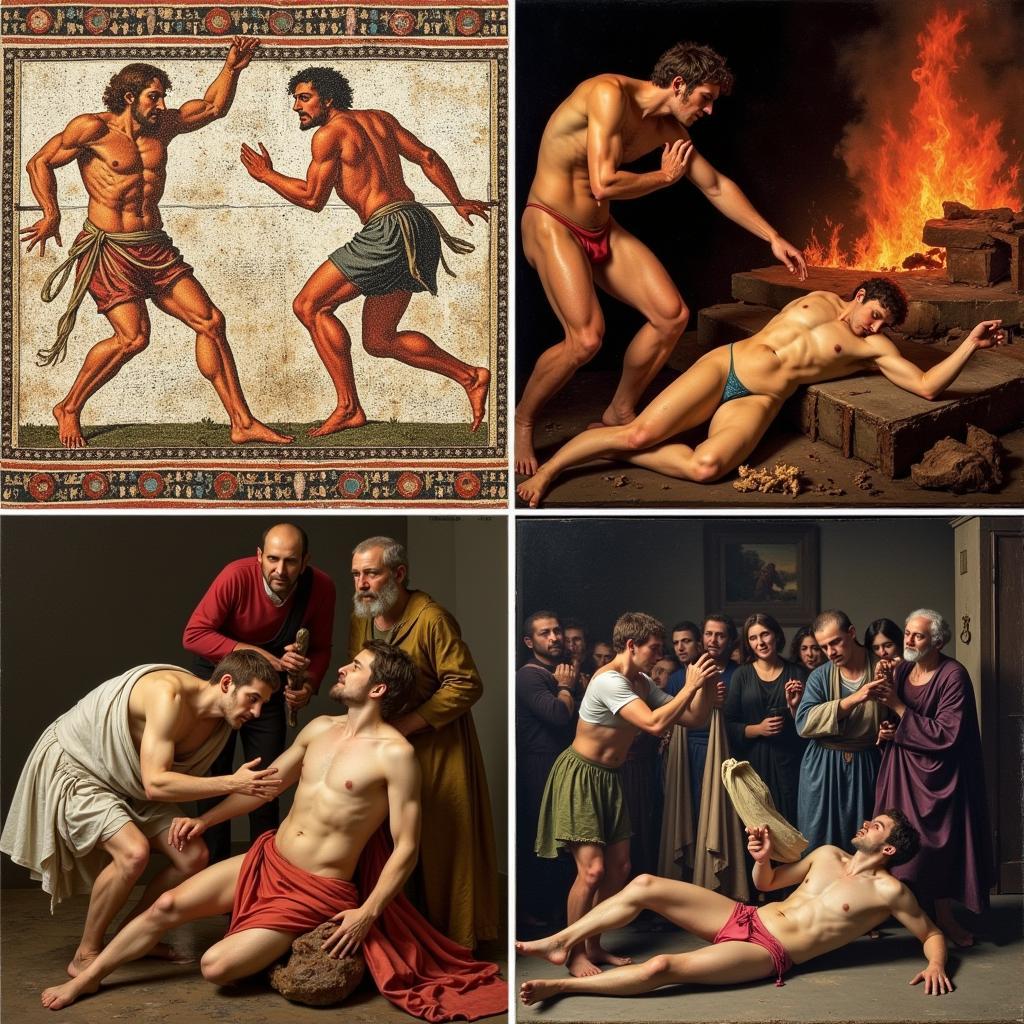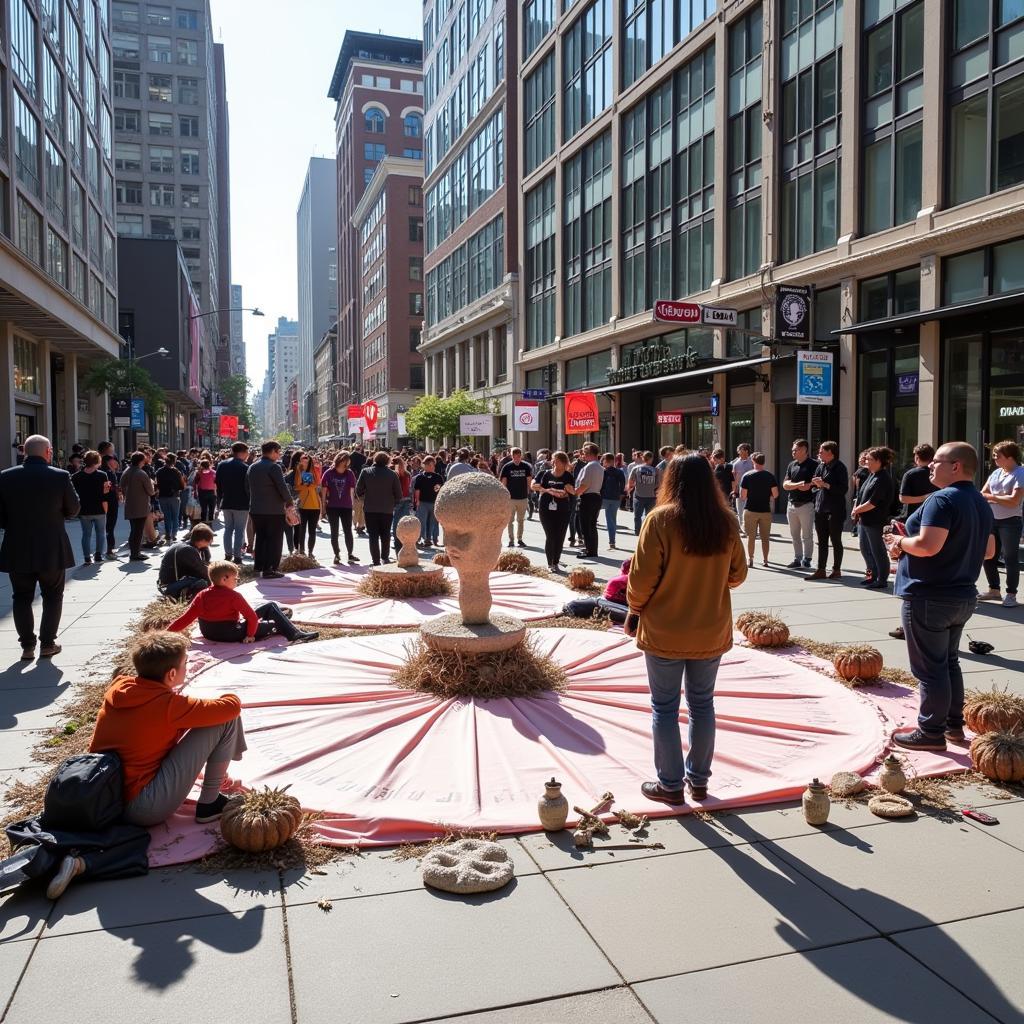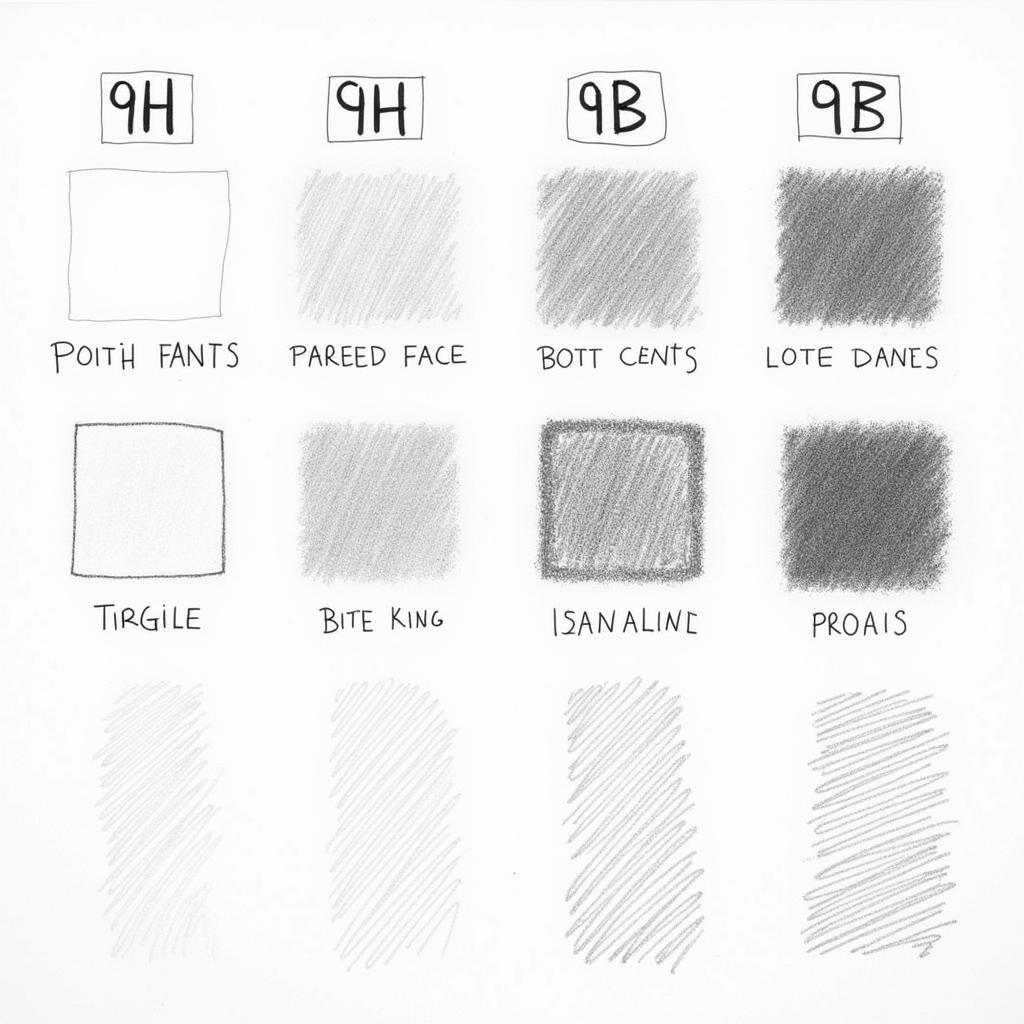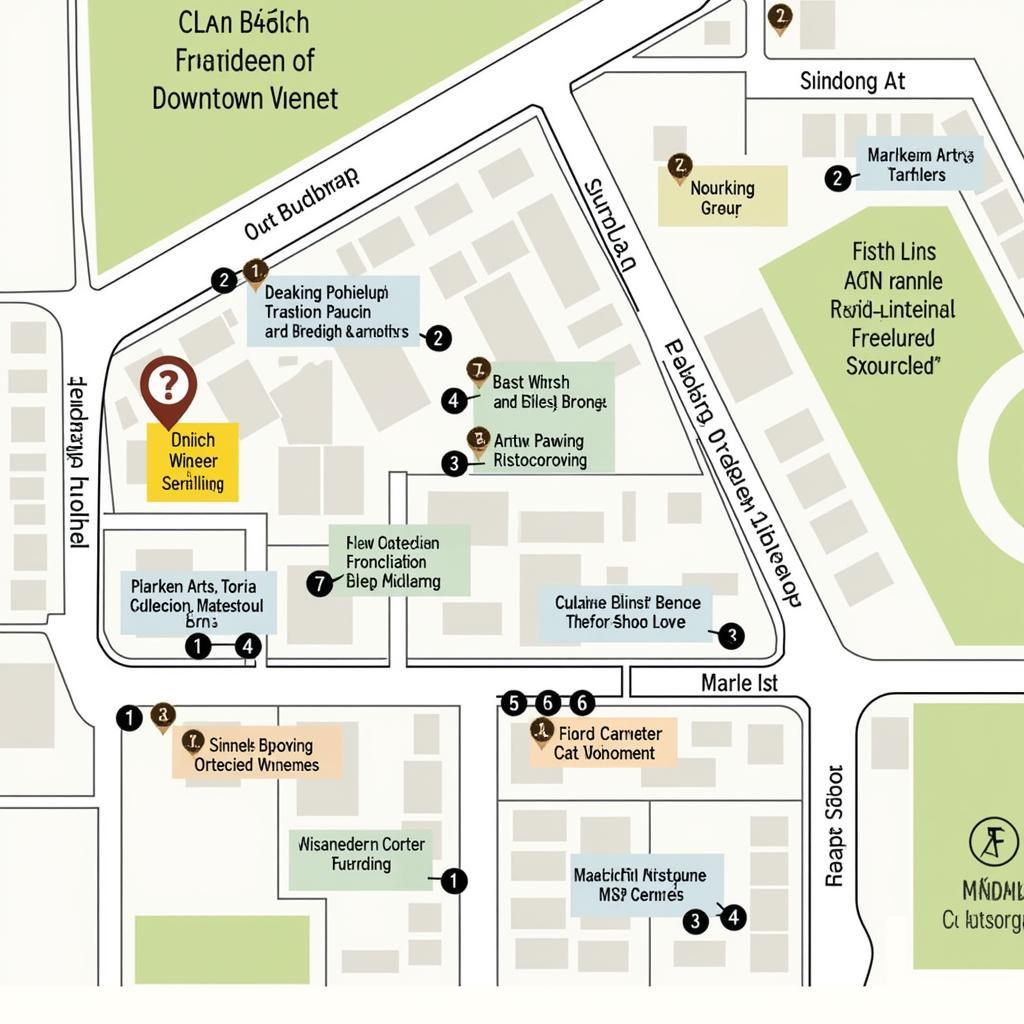Exploring the Sensory World of Aromatic Art
Aromatic Art is more than just a pleasant smell; it’s an immersive experience that blends the olfactory with the visual and sometimes even the tactile. It’s about capturing the essence of a scent and transforming it into a tangible, artistic expression. From perfume-inspired paintings to sculptures that release fragrance, aromatic art engages our senses in new and unexpected ways. Just after discovering this art form, I was drawn to the concept of marrying scents with other artistic mediums.
What is Aromatic Art?
Aromatic art encompasses a diverse range of artistic practices that incorporate scent as a primary element. It challenges traditional notions of art, expanding beyond the visual and auditory to engage our sense of smell. This can manifest in various forms, including:
- Scent installations: These immersive environments use diffused fragrances to create specific moods or evoke memories.
- Scented sculptures: Three-dimensional artworks that release aromas, adding another layer of sensory experience.
- Perfume-inspired paintings: Visual representations of fragrances, capturing the essence of a scent through color and form.
- Olfactory-based performances: Performances that utilize scent as a narrative tool, engaging the audience on a multi-sensory level.
What makes aromatic art particularly fascinating is its ability to evoke powerful emotional responses. Scents have a direct link to our limbic system, the part of the brain associated with memory and emotion. A particular fragrance can instantly transport us back to a specific time or place, triggering a flood of associated feelings. Think of the smell of freshly baked bread reminding you of your grandmother’s kitchen, or the aroma of pine needles evoking memories of a childhood Christmas.
The Art of Blending Scents
Just like a painter carefully selects their colors, aromatic artists meticulously choose and combine scents to create desired effects. This process requires a deep understanding of fragrance notes, their interactions, and how they evolve over time. The art of extract making is crucial in this context. It involves extracting fragrant oils from natural sources, preserving their essence for use in perfumes and other aromatic creations. The complexity of this process, from selecting the right raw materials to carefully controlling the extraction method, highlights the artistry involved.
Aromatic Art and the Senses
Aromatic art challenges us to experience art in a more holistic way. It’s not just about passively observing a piece; it’s about actively engaging with it through multiple senses. This multi-sensory engagement can lead to a deeper appreciation of the artwork and a more profound emotional connection.
How to Experience Aromatic Art
While not all art forms are easily accessible, opportunities to engage with aromatic art are growing. Museums and galleries are increasingly incorporating scent into their exhibitions, and perfumeries are offering workshops and events that explore the art of fragrance creation.
- Visit museums and galleries that feature olfactory art installations.
- Attend perfume workshops and learn about the art of perfumery.
- Explore botanical gardens and appreciate the natural fragrances of flowers and plants.
- Create your own aromatic art at home by blending essential oils or creating scented candles.
If you are interested in high-end, luxury artistic expressions, consider exploring options like the Clive Christian XXI Art Deco for inspiration. For a lighter take on art and leisure, you can also explore options like the Pulp Art Hazy IPA which blends art with the craft beer experience. Perhaps you appreciate a touch of elegance like a Zalto Denk’Art Champagne Glass. These examples illustrate the wide range of “art” interpretations.
The Future of Aromatic Art
As technology advances, the possibilities for aromatic art are expanding. We can expect to see more innovative and immersive experiences that blend scent with other sensory modalities, pushing the boundaries of artistic expression. Perhaps you’re interested in cultural events like the India Food and Arts Festival. This demonstrates how different forms of art, including culinary arts, can be blended with aromatic elements like spices and traditional aromas.
In conclusion, aromatic art offers a unique and enriching sensory experience. By engaging our sense of smell, it connects us to art on a deeper emotional level, creating lasting memories and inspiring new ways of experiencing the world around us. So, take a deep breath and immerse yourself in the fascinating world of aromatic art.
For any assistance, please contact Phone Number: 02462573573, Email: [email protected] Or visit us at: Savico Megamall, 7-9 Đ. Nguyễn Văn Linh, Gia Thụy, Long Biên, Hà Nội 10000, Việt Nam. We have a 24/7 customer service team.




